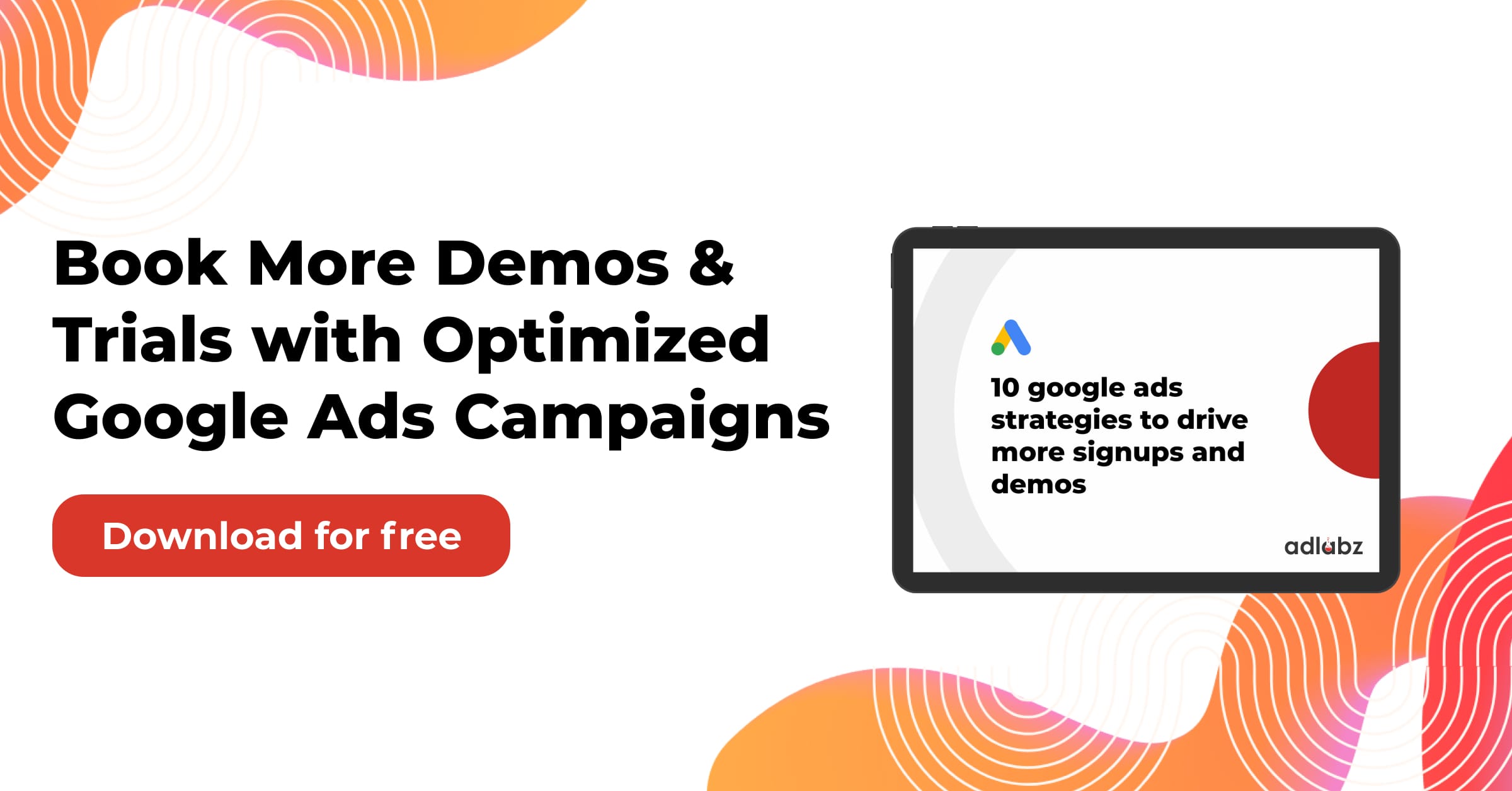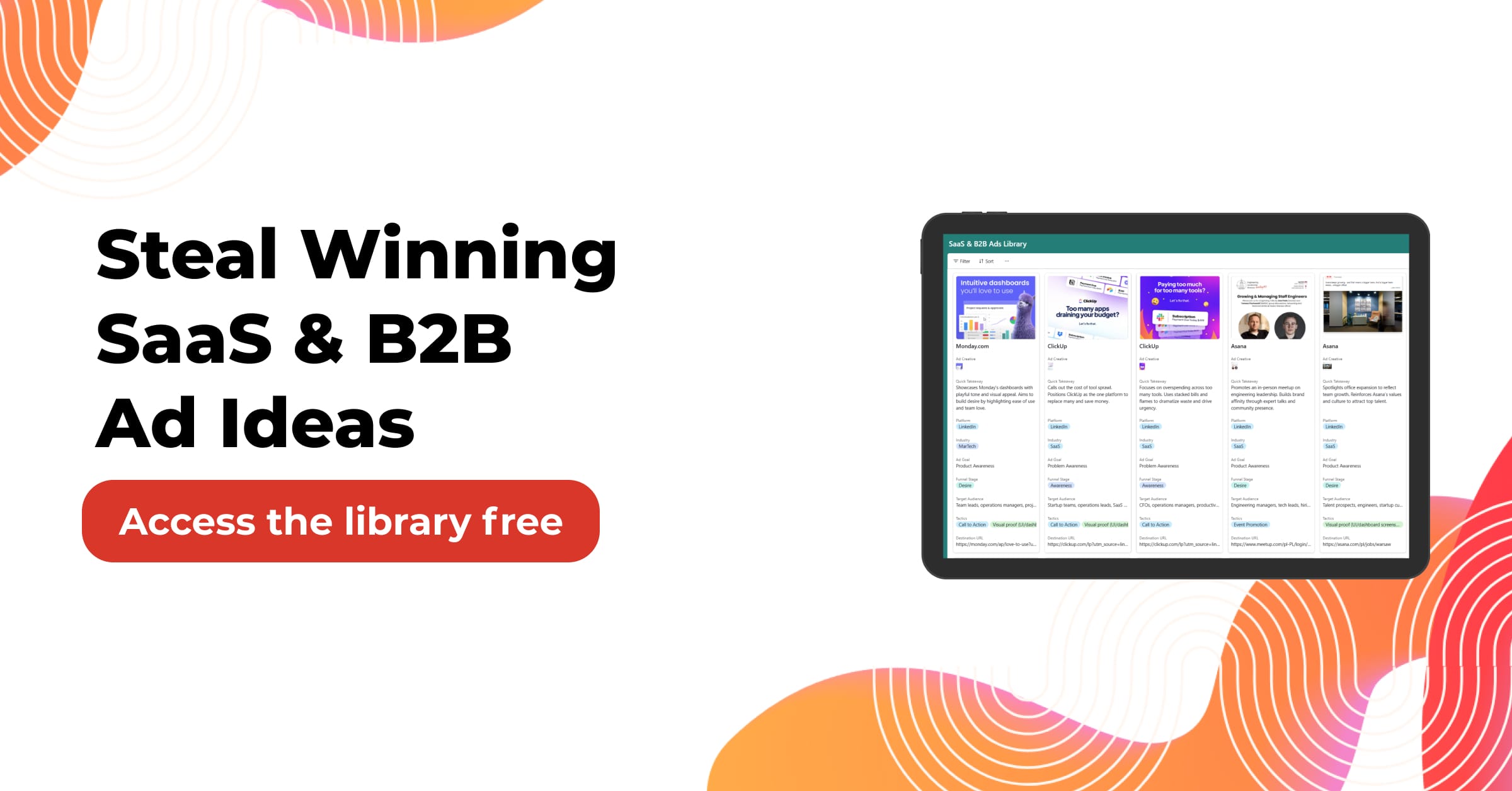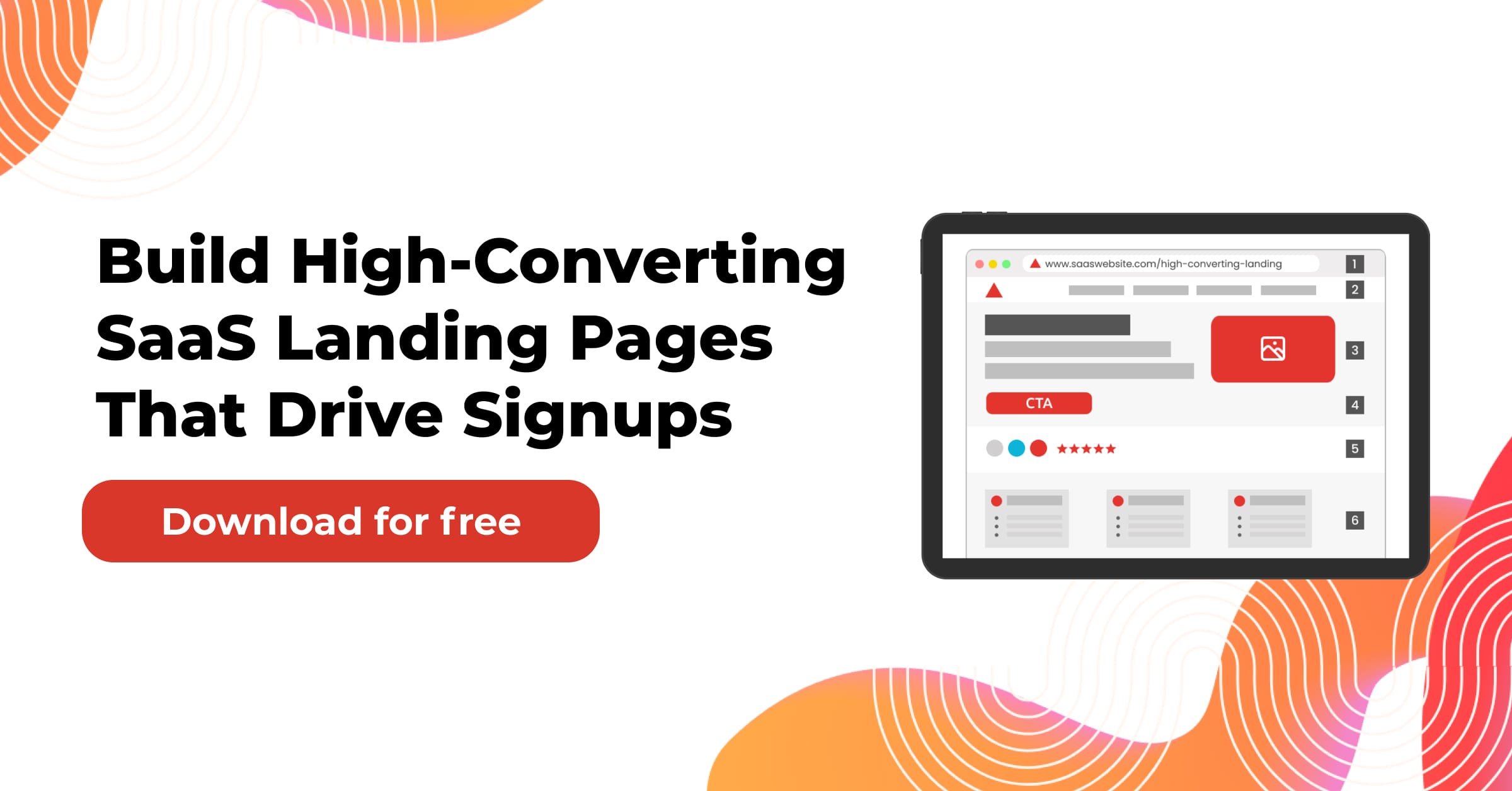Ever wonder how top ads snag those prime spots on search engine results pages? It’s no fluke; it’s all thanks to pay-per-click (PPC) advertising. In a, you only pay when someone clicks your ad.
But PPC isn’t just about splurging on online ads. It’s about smartly using keywords, ad content, bidding strategies, and targeting the right audience.
Jump To:
Dynamics of Paid Search Marketing
Keywords & Ads: The Pillars of PPC Success
Bidding Wars & Budget Balancing
This article will shed light on the vital elements of PPC: what it is, how it works, and most crucially, how you can make it a strategic advantage. So, buckle up and get ready for valuable insights and actionable tips.
Understanding Pay-Per-Click
Pay-per-click (PPC) is an easy-to-understand advertising model where you only pay when someone clicks on your ad. Think of it like renting space on a busy online billboard – you pay each time someone stops to look!
The goal is to attract those clicks and lead users to your website or app, where they can do something valuable for your business, like buying a product or signing up for your service.
Search engines are prime destinations for PPC ads, allowing you to target users actively searching for keywords related to your offerings. Imagine someone typing “best running shoes” – your ad for athletic footwear could appear right then & there!
Popular platforms like Google Ads and Microsoft Ads use real-time bidding (RTB) to sell ad space. Think of it as a high-tech auction where bids adjust based on various factors like user data & competition.
But is PPC worth it?
Absolutely! Studies show that PPC traffic converts 50% better than organic website visitors, making you more likely to turn clicks into paying customers or engaged users. Plus, nearly half of all clicks on search results pages go to the top three paid ads, highlighting the potential for increased visibility.
Dynamics of Paid Search Marketing
Imagine a bustling marketplace where bidders compete for prime storefront locations. That’s what happens behind the scenes of every ad you see on a search engine results page (SERP). This dynamic dance is paid search in action.
Here’s how it works: every time someone enters a search query, an instantaneous auction unfolds for relevant keywords. Advertisers who’ve bid on those keywords become contenders, vying for the coveted top spots.
But it’s not just about throwing money at the problem. The winner is determined by a combination of factors like:
- Bid amount: How much are you willing to pay for each click?
- Ad quality: Is your ad relevant, clear, and compelling enough to attract clicks?
These auctions are the backbone of pay-per-click (PPC) advertising. The process begins when a user types in a search query. If advertisers have shown interest in displaying ads related to that query, a keyword-based auction kicks off. The winners get their ads displayed on the SERP.
So, how do you join this auction arena?
Platforms like Google Ads provide advertising accounts where you can create and manage your campaigns. These campaigns are individual storefronts dedicated to specific locations, product types, or other relevant categories.
For finer control, campaigns are divided into ad groups. These groups hold the relevant keywords you’re bidding on and the specific ads you want to display for those keywords.

By understanding this auction system and strategically managing your campaigns and ad groups, you can position your offerings in front of the right audience at the right moment, making PPC a powerful tool for driving targeted traffic & achieving your business goals.
Keywords & Ads: The Pillars of PPC Success
Picture yourself setting up shop in a bustling marketplace. Keywords? They’re your storefront signs, bringing in folks interested in what you offer. But unlike static signs, you can switch up keywords to attract a broader range of customers.
Think of search queries as the actual phrases people type into search engines. You use keyword matching types to connect your signs (keywords) to these varied queries. Go exact for super-targeted focus, or allow for variations like misspellings or synonyms to cast a wider net. Don’t forget negative keywords—they act like gatekeepers, blocking irrelevant traffic from entering your shop (ad).
Now, let’s talk about your storefront itself: the ad. This is what users see after the auction for relevant keywords. Craft engaging ads with clear headlines, catchy descriptions, & a click-worthy URL. Remember, your ad can appear at the top or bottom of search results, so make every element count.
But don’t just stop there! Experiment with different ad copies to see what resonates best with your audience. Platforms like Google Ads & Microsoft Ads offer even more tools to enhance your shopfront. Ad extensions are like eye-catching window displays, showcasing additional site links or phone numbers to pull users in. More visibility means more clicks!
Bidding Wars & Budget Balancing
So, your keywords & ads are set up. But how much are you willing to pay for their attention? This is where budgets and bids come into play—the financial part of your PPC campaign.
Imagine your campaign budget as your overall spending limit. Set it based on your broader marketing goals. While daily fluctuations might occur, you’ll stick within the monthly budget.
But just setting budgets isn’t enough. Each ad group and each keyword needs its own bid—your offer in the auction for each search query. Bids at the keyword level take precedence over broader ad group bids, letting you manage spending precisely.
Feeling swamped? Many advertisers use automated bidding strategies. These tools let you set specific goals (like conversions or clicks) and rely on the platform’s algorithms to pick the best bid for each auction—saving you time and effort.

Remember, real-time bidding ensures a dynamic auction environment. Your actual cost per click isn’t just about your highest bid; it also depends on competitor activity & your ad rank—a mix of your bid and ad quality.
Ad Rank Matters in PPC
Securing the top spot on a search engine results page isn’t just about spending money. Sure, bids are important, but engines like Google use many ranking factors to determine which ads get prime spots.
Think of it like a contest where bids are just the entry ticket price. To truly stand out, you need ad relevance & quality:
- The power of relevance: Is your ad spot-on with the specific search query? Google rewards tight alignment between keywords, ad content & landing page info.
- Context matters: When & where is someone searching? Are they using their mobile phone? Targeting ads based on these factors can give you an edge.
- Format it right: Stand out with impressive ad extensions like site links or phone numbers that can boost visibility & appeal.
Quality Score is crucial—it affects your cost per click (CPC). A higher score equates to lower CPCs, making campaigns more economical. So how do you boost Quality Score?
- Captivate and click: Historical click-through rate (CTR) matters significantly. Write engaging ad copy that boosts CTR & signals relevance.
- Strategic Keywords: Choose keywords wisely so they align with both your ad content & user’s search intent.
- Compelling Landing page: Don’t disappoint after clicks! Your landing page should be relevant, load quickly & provide an excellent user experience. A poor landing page signifies low quality to search engines.
Targeting Right Audience
Sure, choosing keywords is essential for reaching the right people in PPC campaigns—but there’s more than just picking perfect search terms! Advanced targeting options let you fine-tune campaigns & get the most value from your ads.

Imagine you’re a baker specializing in gluten-free treats… Instead of showing ads to everyone searching “cookies,” use:
- Device targeting: Reach health-conscious mobile users by displaying ads on smartphones.
- Location targeting: Focus on areas full of people seeking gluten-free options.
- Day and time targeting: Show ads during peak bakery hours.
- Demographic targeting: Target potential customers under 35 interested in healthy eating habits.
Don’t stop there!
Remarketing lets you retarget past website visitors who were interested but didn’t convert yet. Use tailored ad copies for this crowd—offer exclusive deals or remind them about abandoned carts.
Clicks alone aren’t enough—that’s where conversions come in! These are actions like product purchases or newsletter signups that matter most. Tracking conversions is key for measuring success & understanding PPC efforts’ true ROI.
Platforms like Google Ads offer tools such as conversion tracking code that monitors user actions post-click—but conversions can be tricky… They often involve multiple touchpoints beyond just one click such as repeated visits or other channels before fully converting.
Don’t fret—tools like Google Analytics help analyze conversion paths & attribute credit properly… By understanding customers’ full journey better—you’ll tweak targeting/messages for max impact!
Wrap Up
PPC might seem complex at first—but armed with this knowledge—you’re ready to tap into its potential fully! Remember—it’s not one-size-fits-all; understanding core pillars—keywords/ads/budgets/bids/targeting/conversions—is key—then strategize leveraging them reaching unique audiences hitting specific goals!
No need going solo! Look no further than Ad Labz—a Google Certified PPC company—to navigate intricate PPC world easily—boasting seasoned pros crafting winning campaigns delivering real results!





